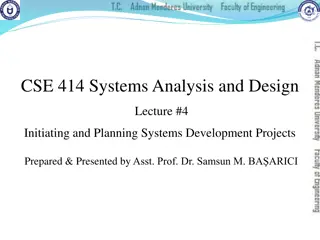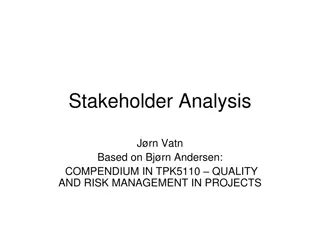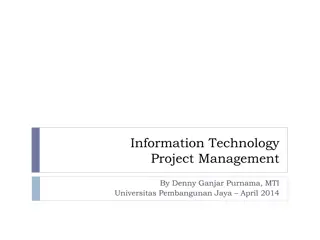
Big Data Final Project Analysis: U.S. Economic Performance During the 2008 Financial Crisis
Explore the U.S. performance during the 2008 financial crisis, comparing strategies used, such as government spending and interest rates. Data visualizations show GDP growth, unemployment rates, and regression results, revealing correlations between policies and economic outcomes.
Download Presentation

Please find below an Image/Link to download the presentation.
The content on the website is provided AS IS for your information and personal use only. It may not be sold, licensed, or shared on other websites without obtaining consent from the author. If you encounter any issues during the download, it is possible that the publisher has removed the file from their server.
You are allowed to download the files provided on this website for personal or commercial use, subject to the condition that they are used lawfully. All files are the property of their respective owners.
The content on the website is provided AS IS for your information and personal use only. It may not be sold, licensed, or shared on other websites without obtaining consent from the author.
E N D
Presentation Transcript
Big Data: Final Project Aidan Donohue & Justina Breen December 4, 2015
Our Initial Questions How did the U.S. perform during the financial crisis in 2008 compared to countries with similar economies? Which strategies did the U.S. utilize during the recession? Which strategies were successful? Which were not? Which strategies should be implemented next time a world- wide financial crisis occurs?
Our Data Sets Worldbank.org (Aidan)
GDP Growth Visualization 8 6 Australia 4 Belgium Canada Germany 2 Spain France 0 United Kingdom 2002 2003 2004 2005 2006 2007 2008 2009 2010 2011 2012 2013 2014 Italy -2 Japan Netherlands Sweden -4 United States -6 -8
Unemployment Rate Visualization 30 25 Australia Belgium 20 Canada Germany Spain France 15 United Kingdom Italy Japan 10 Netherlands Sweden United States 5 0 2002 2003 2004 2005 2006 2007 2008 2009 2010 2011 2012 2013 2014
Unemployment Rate (without Spain) 14 12 Australia 10 Belgium Canada Germany 8 France United Kingdom Italy 6 Japan Netherlands 4 Sweden United States 2 0 2002 2003 2004 2005 2006 2007 2008 2009 2010 2011 2012 2013 2014
Regression Results -GDP 4 3 Growth of Money Supply 2 Annual Percentage Growth in Government Spending Interest Rates 1 0 Tax Revenue as a % of GDP -1 -2 -3
Regression Results Unemployment 2.5 2 1.5 Growth of Money Supply 1 Annual Percentage Growth in Government Spending 0.5 0 Interest Rates -0.5 -1 Tax Revenue as a % of GDP -1.5 -2 -2.5
Conclusions According to our model, had the U.S. doubled its growth in federal spending, the model predicts that the U.S. economy would have grown by 1.92 percent in 2009 instead of shrinking by 2.78 percent Lowering interest rates and increasing government spending are strongly correlated to increasing GDP growth Not confident about conclusions for the effects of changes in taxes due to poor data While some meaningful conclusions can be drawn from the model, it is vastly oversimplified and needs better and more data to produce substantial results














![Project Initiation Document for [Insert.Project.name] [Insert.Project.number]](/thumb/226757/project-initiation-document-for-insert-project-name-insert-project-number.jpg)







